If you have stored food for an emergency, you will also need a way to cook it. If the power goes out or natural gas is unavailable, what will you do to cook food?
Preparedness Challenge Week 51
This week the challenge is to make sure you have at least one way to cook food in an emergency. To keep it simple, choose one of three portable cooking methods. You will find more options for cooking described in Crisis Preparedness Handbook. The challenge this week is to choose an emergency cooking option that will work best for your situation.
This week’s challenge: Choose a method for cooking in an emergency.
Use Propane Stoves for Cooking
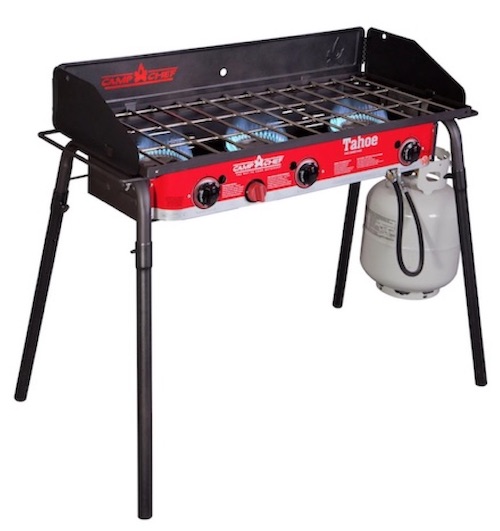
The most accessible propane stoves are the two- or three- burner camp stoves. Most portable stoves use one-pound propane canisters for fuel, but with an adapter, they can be fitted to use a refillable twenty-pound tank.
Camp-Chef makes several high-BTU heavy-duty outdoor cookers. These stoves sit on sturdy legs, have two or three burners, and are capable of heating large pots and large grills or griddles. They connect to large canisters of propane and use more fuel than a simple camp stove.
HOW MUCH PROPANE DO YOU NEED TO STORE?
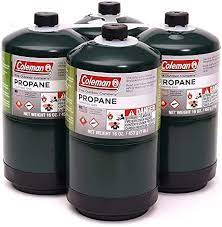
Obviously, propane stoves depend entirely on stored fuel. How much should you store? It will depend on your usage and your situation.
For example, a small 16.4-ounce Coleman propane canister provides 22,000 BTUs—how long it will last will depend on how many BTUs an appliance uses. If a camp stove uses 7,500 BTUs in an hour at maximum output, then a propane canister provide fuel for it for almost three hours.
A full 20-pound propane tank holds 4.7 gallons of propane. One-gallon of propane contains 92,000 BTUs, so a full tank contains 432,400 BTUs. That is enough to fuel a Coleman camp stove for over fifty hours.
Tips for Storing Propane Canisters:
- Store canisters in a cool place out of direct sunlight
- Avoid storing propane canisters inside your home
- Store propane tanks upright in a dry, level place
- Replace damaged, rusted, or tanks with expired certification
Use Dutch Ovens for Cooking
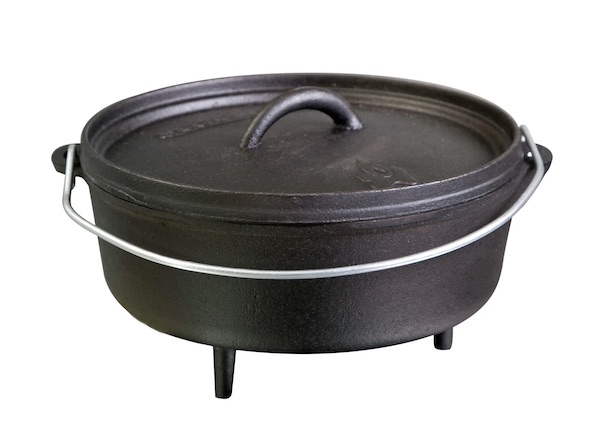
Cast-iron Dutch ovens come in several sizes. Ten-inch and twelve-inch are about the right sizes for a family of five or six. Outdoor or camp Dutch ovens should have three legs to allow for stacking and heat circulation. They should have a flat lid with a lip for holding coals and a firm wire handle for lifting. You may also want a charcoal chimney lighter, a lid lifter, heavy leather work gloves, and a Dutch oven cookbook.
Dutch ovens can be used on an open fire, but you’ll get more consistent results if you use charcoal briquettes. Make the best use of the briquettes and increase these ovens’ efficiency by stacking several ovens at a time.
A tripod is nice for hanging the pot over a campfire. And, of course, you’ll need to store plenty of charcoal briquettes to use Dutch ovens.
STORING CHARCOAL BRIQUETTES
On average it takes about 24 charcoal briquettes to cook one meal in a 12-inch Dutch oven for one hour at 350 degrees. There are about 18 briquettes per pound, so a 20-pound bag of charcoal briquettes will cook about fifteen meals. To get a rough estimate of how many charcoal briquettes you need for a Dutch oven, multiply its diameter by two—a twelve-inch Dutch oven needs about 24 charcoal briquettes for each use.
Charcoal briquettes are very safe to store and have a long storage life if stored in a dry location. Store several bags in a plastic garbage can or in plastic storage tubs. Stock up in the summer months when they are likely to be on sale.
Use Biofuel Stoves for Cooking
Biofuel stoves are outdoor stoves that use small pieces of wood, sticks, twigs, and other biomass for fuel. They burn efficiently, produce very little smoke, and can be used for boiling water and cooking.
ROCKET STOVES

Rocket stoves come in a variety of designs and sizes, but all have the common features of a fuel chamber, a stovepipe or chimney, and an outer insulation chamber. Rocket stoves are commercially available and can also be made following DIY designs.
THE BUSHBUDDY STOVE
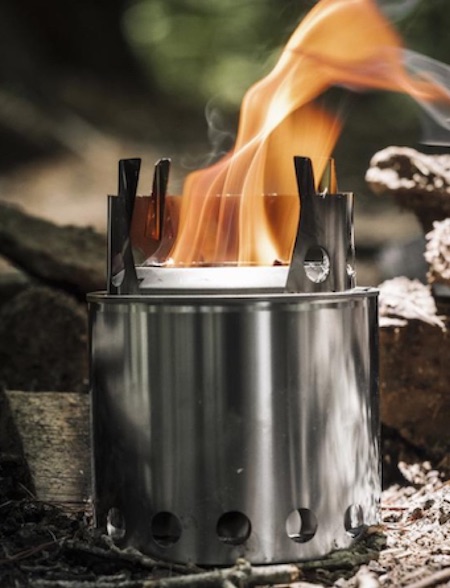
The Bushbuddy Stove is a portable light-weight, double-walled, and heat-shielded stove that uses twigs and bits of trees for fuel and does not require batteries. The Bushbuddy people take great pride in craftsmanship and building a stove that will perform and last. Although most often used for camping and backpacking, it is a good survival stove.
THE SOLO STOVE
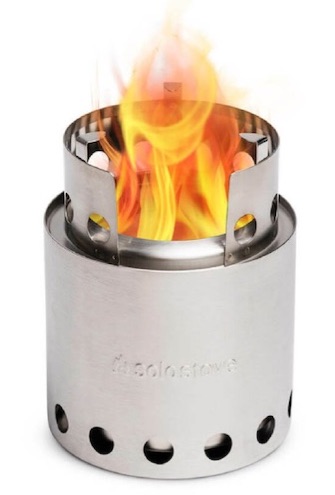
The Solo Stove is an innovative, extremely efficient wood-burning outdoor stove, and its design simple and elegant. It burns twigs, pine cones, sticks, etc. Models range from a small portable backpacking stove to a large backyard fire pit. You can also get cooking pots and other accessories for it.
THE SIERRA ZIP STOVE
The portable Sierra Zip Stove burns about any solid fuel: e.g., twigs, bark, pine cones, scrap wood, and charcoal. It weighs less than a pound and uses a single AA battery for its blower. It would be a good choice for a grab and go bag.
Cooking with Solar Energy
Solar cookers, limited to midday cooking on sunny days, are a novel cooking option, especially if you live in a sunny climate.
When I taught science to fifth and sixth graders we built solar ovens that made respectable s’mores—at least it melted chocolate and made the marshmallows squishy. I like the idea of using solar power, but for now, using solar power to cook is more of a novelty than a practical choice. Despite the limitations, here are two options that may interest you.
BOX OVENS
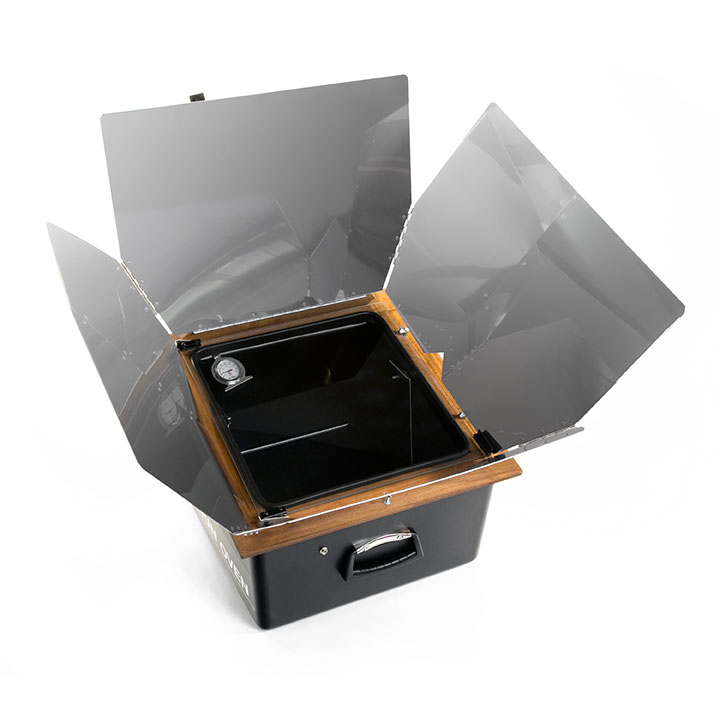
A box solar oven is a box lined with shiny material and that has a mechanism for angling the contents toward the sun to capture the sun’s rays. The All American Sun Oven is a popular choice. It uses shiny reflective panels to direct sunlight into a cooking chamber. It will bake, boil, and steam food. It can also be used to purify water, dehydrate foods, and rehydrate freeze-dried and dehydrated foods. Like other solar cookers, it is somewhat finicky and challenging to position it just right. These ovens are not inexpensive.
PARABOLIC OVENS
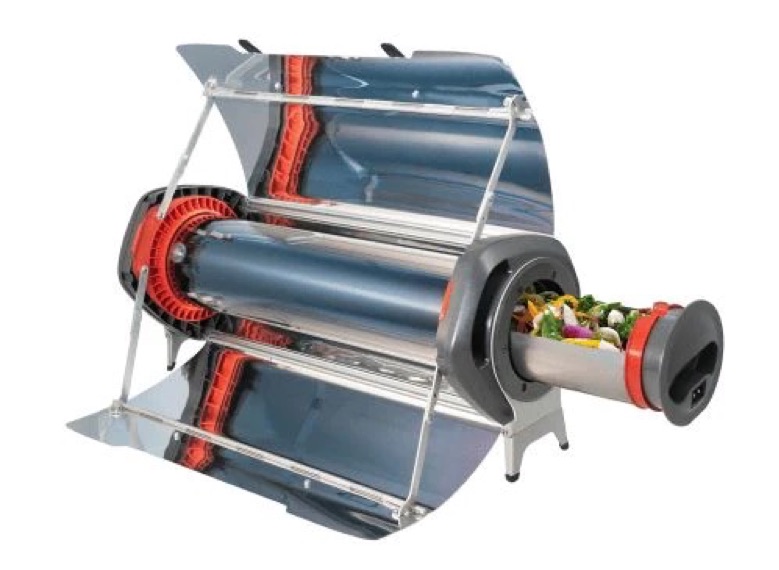
The curved shape of a parabolic oven focuses sunlight at a single area to concentrate the heat. The GoSun Solar Cooker is a parabolic oven and works by placing a tray of food inside a vacuum tube surrounded by compound parabolic reflectors. This solar cooker really will steam, bake, roast, and even fry. It has a few draw backs. Besides needing sunlight to work, it is somewhat complicated to use and clean and the vacuum tube is fragile and breaks easily. The price is close to the cost a regular oven.
Learn More
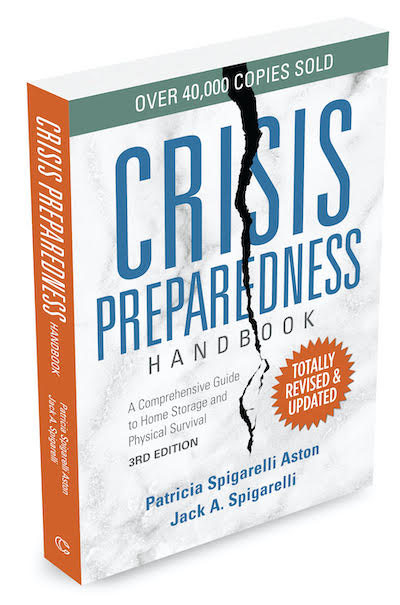
You can learn more about cooking in an emergency and other important survival skills in my book Crisis Preparedness Handbook. It is available on Amazon or here on the Crisis Preparedness website.
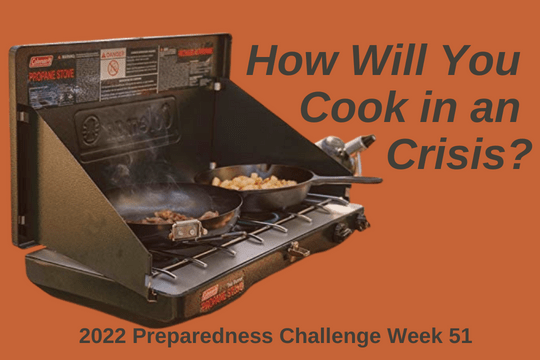


2 thoughts on “Make Sure You Can Cook Food in an Emergency!”
Thanks for practical info and the handy calculations.
Nice synopsis Patricia. Appreciated